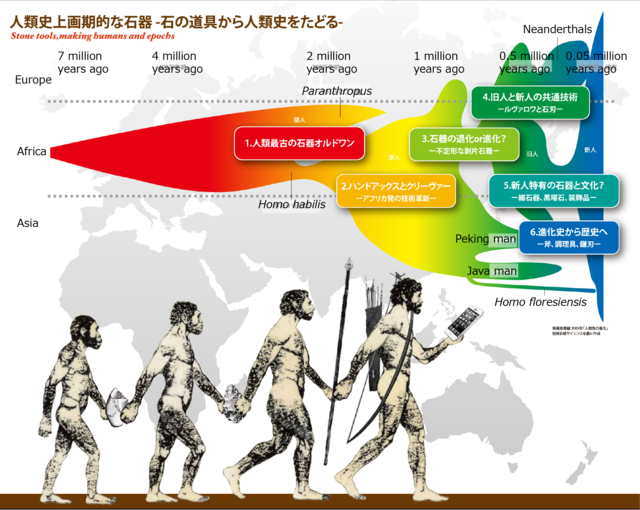Assistant Prof. Seiji Kadowaki, Nagoya University Museum and Graduate School of Environmental Studies at Nagoya University, and his research group at the University Museum at the University of Tokyo reported a new hypothesis on the cultural adaptation ofHomo sapiens during the late Pleistocene and its implications on the demise of Neanderthals, one of archaic human groups that lived in Eurasia at that time.
The researchers suggested that one of te significant technological innovations, as observed in stone tools, was a result of the successful colonization of Europe by Homo sapiens. This observation is congruent with recent chronological and genetic studies indicating the co-existence of Homo sapiens and Neanderthals between ca. 45,000 and 40,000 years ago in Europe.
This study was published on April 25, 2015, in the Journal of Human Evolution by Elsevier Ltd.
More details:


